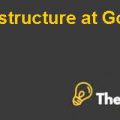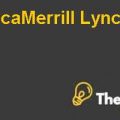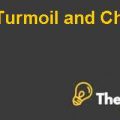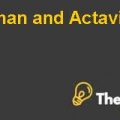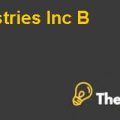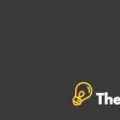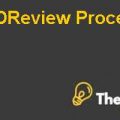
Bausch & Lomb, Inc. A, B, and C
Do you think the product shipments associated with B&L’s new sales strategy satisfied the FASB criteria for recognizing revenues? Why or Why not?
The Financial Accounting Standards Board (FASB) criteria for recognizing revenues were completely satisfied with B&L’s new sales strategy under the accrual accounting practices. The company can recognize revenues from the sale of good either under cash accounting that is when the actual cash is received against the inventory being sold or under the accrual accounting to reflect the firms’ revenue performance when revenues are earned or cash is likely to be collected.
In the case of B&L, the company actually delivered the goods to the distributors. According to the new strategy, the needs of high volume customers had to be satisfied by the distributor channel instead of selling them directly. Thus, the distributors had to absorb the increased level of inventories so that they can satisfy the needs of the high volume customers. The credit terms were increased but the likelihood of the payment from these distributors was not uncertain and the company did not anticipate that the probability of default would increase because of the implementation of this strategy.
Thus, all the steps taken by B&L were in compliance with FASB’s generally accepted accounting principles (GAAP). B&L also devised particular strategies to encourage the distributors to market the product and reach the high volume customers. There were many benefits and financial rewards for the distributors that could potentially increase the sales level of the company.
The company’s credit terms were loosened over a six month period in order to boost the sales of the distributors. The company’s marketing steps were questioned as an accounting fraud. It is because the company pushed the distributors to absorb a larger number of units and this was before the closure of the accounting year. This raised a question that the company might have performed this act deliberately to show an increase of 13% in the net revenue of that period. The sales that had to be covered in the next year were recorded in the current period. This would significantly affect the next term’s revenue and income because the goods that are to be sold in that period have already been produced and pushed out in the market.
The default by the distributors was because of two main factors, one being the decreased demand of this particular product type and the other being rejection of this distribution method by the large volume customers. The intent of company, as evident from the marketing plans of the company’s management, was to divert their marketing efforts to the sales of disposable market from conventional lens market which was a pre-established product of the company. Whatever the case may be, this strategy was not against the FASB’s criteria for recording the revenues, as confirmed by the audit opinion for B&L’s 1993 financial statements, as well.................
This is just a sample partial case solution. Please place the order on the website to order your own originally done case solution.
Bausch & Lomb (B & L) instituted an aggressive program of sales in the last week of its 1993 fiscal year, which pushed many stocks at distributors. The Company recognized a gain on these products, when they were sent. Rewritten version of the previous case. "Hide
by Gregory S. Miller, Christopher F. Noe Source: Harvard Business School 11 pages. Publication Date: August 2, 2000. Prod. #: 101010-PDF-ENG


